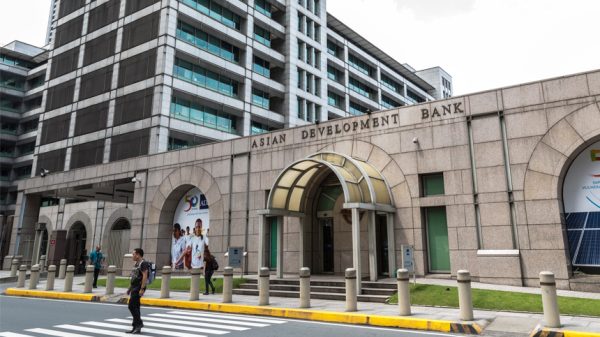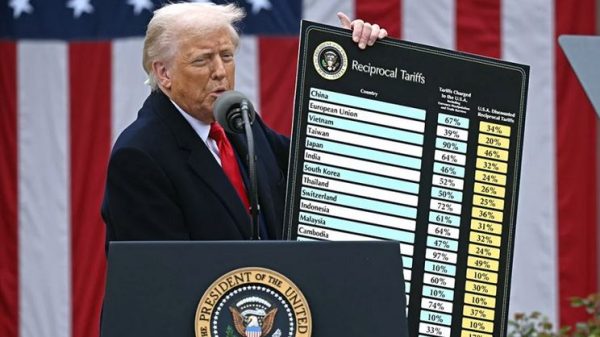Global trade finance gap expands to 2.5 trillion USD in 2022: ADB

- Update Time : Tuesday, 5 September, 2023, 04:41 pm
- 164 Time View

Online Desk: The global trade finance gap grew to a record 2.5 trillion U.S dollars in 2022 from 1.7 trillion dollars two years earlier, as rising interest rates, flagging economic prospects, inflation, and geopolitical volatility reduced the capacity of banks to deliver trade financing, according to the 2023 Trade Finance Gaps, Growth and Jobs Survey released by the Asian Development Bank (ADB) on Tuesday. The trade finance gap is the difference between requests and approvals for financing to support imports and exports.
According to the survey, rebounding strongly after the COVID-19 pandemic, global goods exports grew in 2021 and 2022 at 26.6 percent and 11.5 percent, respectively. Demand for trade finance surged on the back of this sharp recovery, but heightened economic risks made finance more difficult to secure than before, the survey shows. “The global trade finance funding gap has now widened to well over $2 trillion, as the global economy still struggles to rebound from the pandemic,” said ADB’s Director General for Private Sector Operations Suzanne Gaboury. “That growing gap strangles the potential of trade to deliver critical human and economic development through jobs and growth,” Gaboury added.
The survey is the world’s leading barometer of trade finance health. It includes data from 137 banks and 185 companies from around 50 countries. Respondents said they faced continued constraints in 2022 due to rising interest rates and financial market uncertainties, set against the backdrop of a global economic slowdown, and geopolitical instability. Around 60 per cent of responding banks reported that the Russian invasion of Ukraine impacted their trade finance portfolios due to growing geopolitical uncertainty and increased commodity prices.
For the first time, the 2023 trade gaps survey focuses on environmental, social, and governance (ESG) issues, along with digitalization, in a bid to assess their impact on relevant supply chains and the trade finance gap. Most of the banks and companies that took part in the survey believe that ESG alignment could potentially help reduce the trade financing gap.
The top supply chain challenge cited by firms surveyed was insufficient financing. They identified access to adequate financing, reliable logistics, and the use of digital technology as the three most important components of resilient supply chains.










